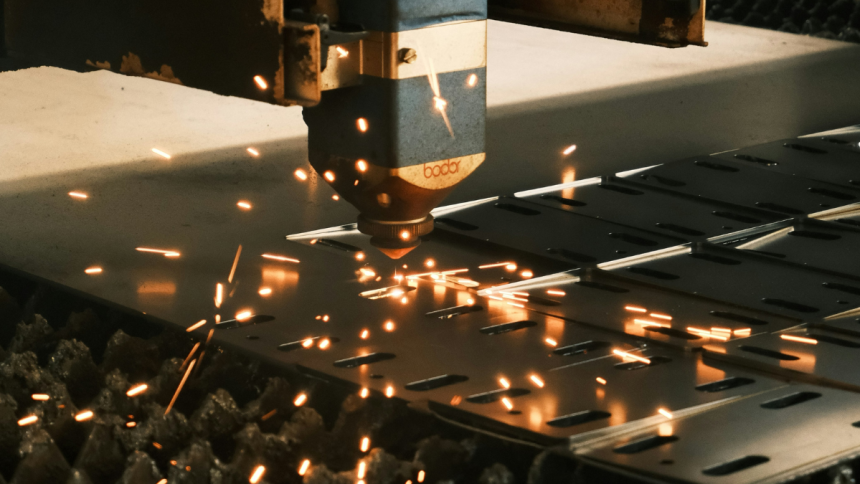Adhesives play a pivotal role in modern product assembly, offering versatile solutions that enhance efficiency and durability. U.S. adhesive manufacturers are at the forefront of developing innovative products that meet the diverse needs of various industries, setting new standards for quality and performance.
The role of adhesives in product assembly has evolved significantly, transforming how industries approach manufacturing. As the demand for efficient and reliable assembly methods grows, adhesive manufacturers in USA have developed advanced solutions that cater to these needs. These innovations not only streamline production but also ensure the longevity and reliability of assembled products across multiple sectors.
Enhancing Efficiency in Product Assembly
Adhesives offer substantial advantages in product assembly by improving efficiency and reducing production time. Unlike traditional mechanical fasteners, adhesives provide flexibility and reduce the weight of assembled products. This results in faster assembly processes and improved product performance. Advanced adhesive formulations create strong bonds without compromising the integrity of the materials, making them ideal for a wide range of applications.
Moreover, adhesives contribute to the sustainability of products by minimizing material waste and energy consumption during assembly. This is particularly important in industries such as automotive and electronics, where efficiency and environmental impact are key considerations. By integrating adhesives into their assembly processes, manufacturers can achieve more sustainable production practices.
Ensuring Durability and Reliability
Durability is a critical factor in product assembly, and adhesives excel in providing long-lasting bonds that withstand various environmental conditions. This reliability is essential for industries like aerospace and construction, where product integrity is paramount. Adhesives offer solutions that meet stringent safety and performance standards, reducing the need for frequent repairs and maintenance.
The adaptability of adhesives to different materials and conditions further enhances their role in product assembly. From high-temperature resistance to chemical stability, adhesives can be tailored to meet specific requirements, allowing manufacturers to explore new design possibilities and materials that were previously incompatible with traditional joining methods.
Collaboration for Innovative Solutions
The collaboration between adhesive manufacturers and businesses is crucial for developing tailored solutions that optimize product assembly. By working closely together, they can create adhesives that precisely match the needs of specific applications, enhancing product quality and performance. This partnership often involves extensive testing and customization to ensure the adhesives meet operational demands.
These collaborations also foster innovation through shared expertise and research. By staying informed about industry trends and challenges, both adhesive manufacturers and businesses can remain competitive and drive technological advancements. This continuous exchange of knowledge leads to the development of more efficient and eco-friendly assembly solutions.
The Future of Adhesive Applications in Assembly
The role of adhesives in product assembly continues to expand as new technologies and applications emerge. With ongoing advancements in adhesive formulations and application techniques, the potential for innovation is vast. Adhesives enable the creation of complex designs and multifunctional products that were once unattainable with traditional methods.
As industries strive for miniaturization and increased functionality, adhesives provide essential solutions that meet these evolving demands. The continued collaboration between adhesive manufacturers and businesses promises further advancements in technology, ensuring that adhesives remain integral to the future of product assembly.
“`
Lynn Martelli is an editor at Readability. She received her MFA in Creative Writing from Antioch University and has worked as an editor for over 10 years. Lynn has edited a wide variety of books, including fiction, non-fiction, memoirs, and more. In her free time, Lynn enjoys reading, writing, and spending time with her family and friends.















